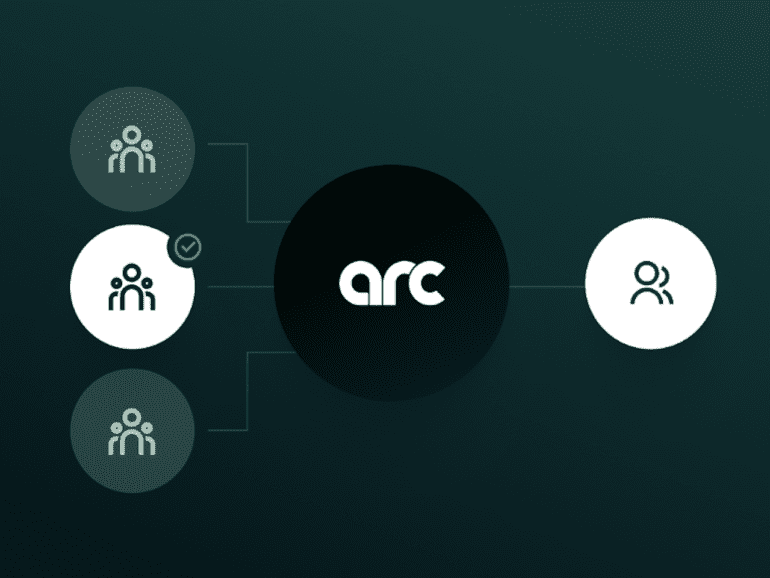VC funding had already met a cold snap. In March 2023, when Silicon Valley Bank (SVB) met its demise, the start-up community had endured months of downrounds. Funding was scarce, and equity was expensive. Venture debt was seeing its fastest comparative growth in years.
Then SVB collapsed, followed by Signature and First Republic, some of the major banks serving the startup community. The effects were felt by many of their peers, wiping out an estimated 70% of venture lending.
The effect on the VC space was catastrophic. The first half of 2023, already facing drops in deal volume, saw it plummet. Pitchbook’s venture monitor registered a 38% drop in venture debt deal count of Q2 2023, with deals for early-stage start-ups dropping by almost 50%.
All at a time when demand was reaching record highs for the decade.
After a short interim, SVB returned to the venture debt space, now under the care of First Citizens. But its loan book was damaged along with its reputation, and credit standards across the banking industry had tightened.
While the banks failed, other companies stepped in, acting as first responders to the crisis facing the startup community. Today, Arc, one of the fintechs on the front lines of the SVB crisis, has launched a venture debt facility to meet the rising demand.
RELATED: Post SVB sale, VCs move to sustainable growth
Meeting the Supply/Demand gap for Venture Debt
“In the months since SVB’s crash, we’ve seen a pullback in venture lending by the banks, regional banks, national banks, and GSIBS. But with increased demand,” said Don Muir, Co-Founder and CEO of Arc. Pitchbook places current demand at close to three times the amount of supply for the venture growth stage and later funding, with a strong indication it is likely to continue rising.
“There’s a bigger gap in supply and demand than there’s been for years. It’s pretty stark…founders don’t know where to go.”
Muir explained that in this environment, startups are facing two options to fund their growth. “You can either not raise venture debt and raise only equity, therefore incur an incremental 20- 30% of dilution alongside your round. Or you go out and try to find a different lender.”
“But the reality is, all of the lenders, alongside SVB’s crash, they pulled back. And credit funds they moved in, but they’re priced wider than SVB. And startups have difficulty stomaching funding from these companies.”
Muir explained that while the availability of capital had become scarce, startups had become more efficient and resilient to the downturn, making many excellent candidates for longer-term financing. Following Arc’s revenue financing options for startups, the venture debt solution provides longer-term capital for startups looking to fund growth.
He said that through Arc’s experience processing credit transactions for short-term financing, Arc had amounted to data to create efficient underwriting models that could now be applied to longer-term financing decisions. Arc’s venture debt solution has terms for up to four years, keeping rates close to those offered by banks, while their underwriting model surveys risk efficiently.
“Traditionally, it’s a very manual offline labor-intensive process, not just for the banks, but also for the operators of these very lean under-resourced startups, particularly in this funding environment,” he said, explaining that with Arc’s digitally integrated approach, funding can be decided in under 48 hours.

“We’re using real-time data access through back-end API integrations and a modern finance stack for our customers to make instant algorithmically driven underwriting decisions,” Muir explained. “Our infrastructure, built in-house, allows us to seamlessly integrate with the finance stacks of our customers. And so in seconds, we can ingest millions of historical financial data points.”
While the process is digitally native, he explained that Arc also has a venture debt underwriting team to check the credit decisions before signing off on the loan. The underwriting model is then tweaked to improve its process.
Muir said the decision to expand into Venture Debt comes as a direct response to the conversations Arc has with the founders they currently serve. Desperate for a way to grow, startups are in need of digitally-native, efficient financing solutions.
“It’s our duty to serve those companies, not just on the banking side, but on the venture loan sides as well. And we’re here to meet that ask and work with our customers to help them grow and avoid unnecessary dilution.”


